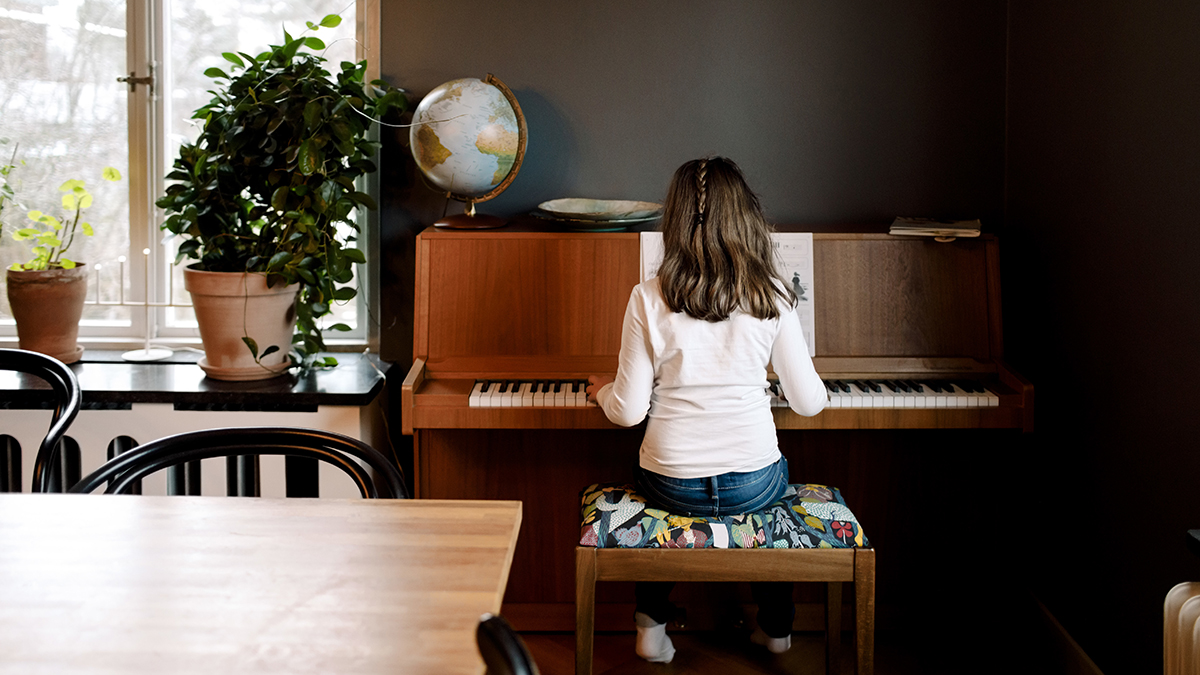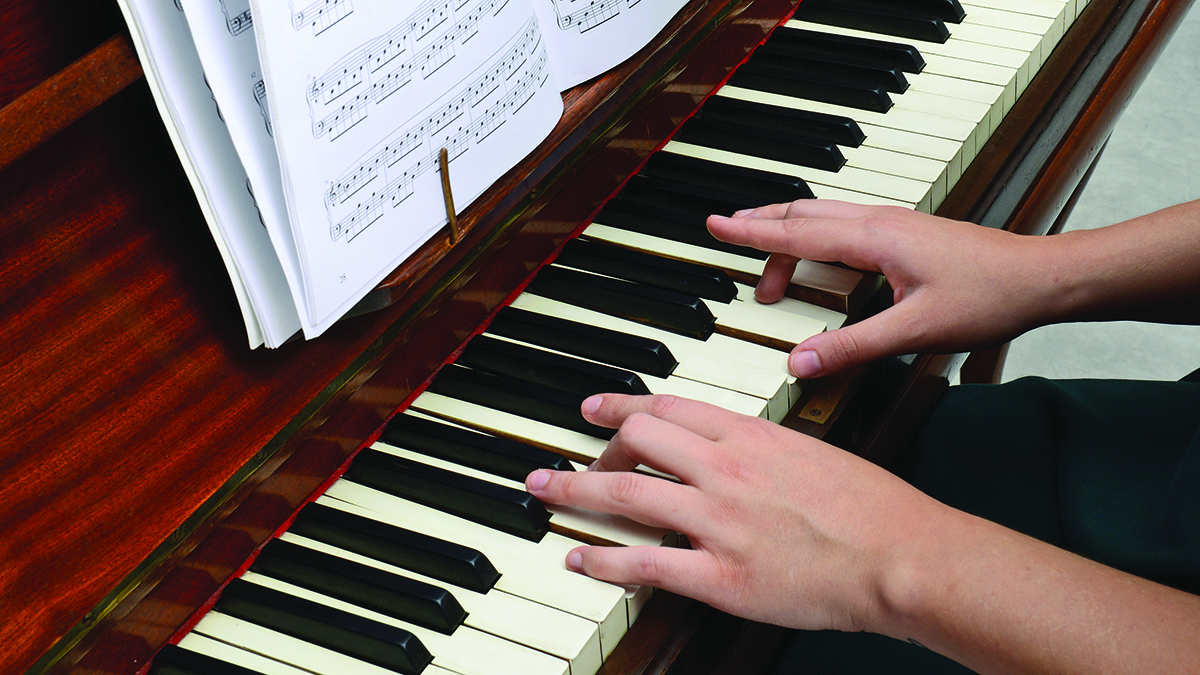6 reasons why the world has fallen in love with the piano again
Sales are up and the instrument is all over social media. Here’s how the piano got its groove back

It’s official: the piano is cool again. Not that it ever really wasn’t, of course, but reports indicate that sales are up and more and more people are learning and playing the instrument in their homes.
But why? Surely you’d think that, with so many other activities competing for our time - work, family, your phone, an endless stream of ‘must-watch’ TV shows - the old joanna might have been put out to pasture, but the opposite is true.
From where we’re sitting - on a bench in front of an 88-note electronic keyboard, obviously - here are the six key reasons why the piano is enjoying such a strong resurgence.
1. YouTube
Yes, you can log on and waste hours watching inane videos, but YouTube has also become a massive repository of excellent piano tuition videos. Type the name of the piece you want to learn followed by the words ‘piano tutorial’ and there’s a pretty good chance that you’ll find what you’re looking for.
Not every video lesson is great, and not all are accurate, but YouTube has become the most successful free piano learning resource in the world and inspired thousands of people to start playing.
2. The lockdown effect

It’s well-documented that a lot of stuck-at-home people either started or returned to playing a musical instrument during lockdown, and for some, the habit has stuck. What started as a way to fill countless available hours has become an escape from the pressures of daily living now that the world has returned to something approaching ‘normal’. If you’re looking for a mindful activity that will help you to de-stress and feel a bit better about yourself, piano playing is as good as they come.
3. Social media

How I taught myself to read music and play the piano (and what it taught me)
If YouTube can teach you to play the piano, social media is where you can show off your newly-developed skills (and also YouTube again). Because let’s face it: being able to play the piano is quite a flex, and a lot of people’s ‘performances’ these days are given on TikTok, Instagram and other social media platforms.
Want all the hottest music and gear news, reviews, deals, features and more, direct to your inbox? Sign up here.
You don’t have to be able to play a whole piece, either - just a few impressive bars can sometimes yield huge view counts, whether those bars are well-known or part of an original composition.
4. Digital pianos
Traditionalists might claim that a digital piano is no substitute for the real thing, but that’s literally what it is. A lot of us can neither afford or house an acoustic piano, so being able to have something that sounds and feels similar to one and can be played at any time of the day or night without disturbing anyone is a godsend.
What’s more, digital piano players are the next acoustic piano players - the people most likely to commit to spending a significant amount of money on a ‘real’ instrument in the future.
5. Public pianos
Some Japanese authorities might not agree, but public pianos are a great thing. The idea that anyone can jump on a piano and wow a crowd in a train station or shopping centre has really struck a chord with people. In fact, the public piano movement now has so much momentum that there was a recent TV talent show designed to celebrate it. Just stick to your allotted time limit and don’t play too loudly, OK?
6. It’s the piano, stupid
With all due respect to guitarists, if you want to learn an instrument that sounds great on its own, will entertain other people and can take you down endless avenues of creative expression, the piano is hard to beat. The learning curve is perfect, too: it doesn’t take long for you to be able to play something that’s easy on the ear, and the audible rewards increase exponentially as you put in the practice time. Happy playing.
Looking for more piano advice? Check out our handy piano guides and features below
- Digital piano FAQ: we answer common digital piano queries
- Digital piano vs acoustic piano: what’s the difference?
- Should you order a piano online? Here are the benefits of buying online
- Don't forget about these essential piano accessories

I’m the Deputy Editor of MusicRadar, having worked on the site since its launch in 2007. I previously spent eight years working on our sister magazine, Computer Music. I’ve been playing the piano, gigging in bands and failing to finish tracks at home for more than 30 years, 24 of which I’ve also spent writing about music and the ever-changing technology used to make it.